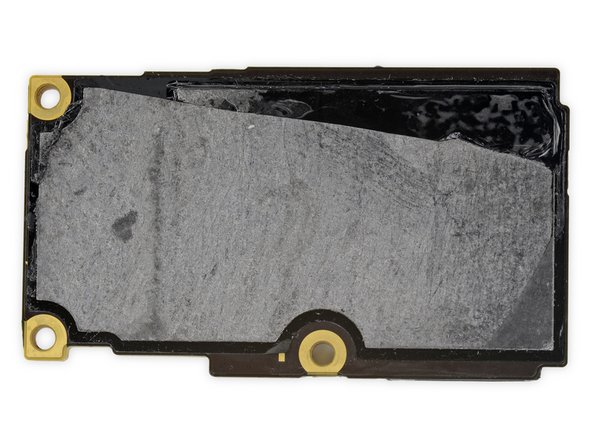crwdns2935425:012crwdne2935425:0
crwdns2931653:012crwdne2931653:0






-
Last but not least, top side we find:
-
Toshiba TSB 4226VE9461CHNA1 1927 64 GB flash storage
-
YY NEC 9M9 (likely accel/gyro)
-
In addition to all these chips, we tease apart several layers of graphite thermal transfer material backing the RF board.
-
Apple says its improved thermal design gives these iPhone Pros the "best sustained performance ever in an iPhone." That's accomplished by pulling heat from the logic board straight through several layers of graphite where it dissipates into the rear case.
crwdns2944171:0crwdnd2944171:0crwdnd2944171:0crwdnd2944171:0crwdne2944171:0